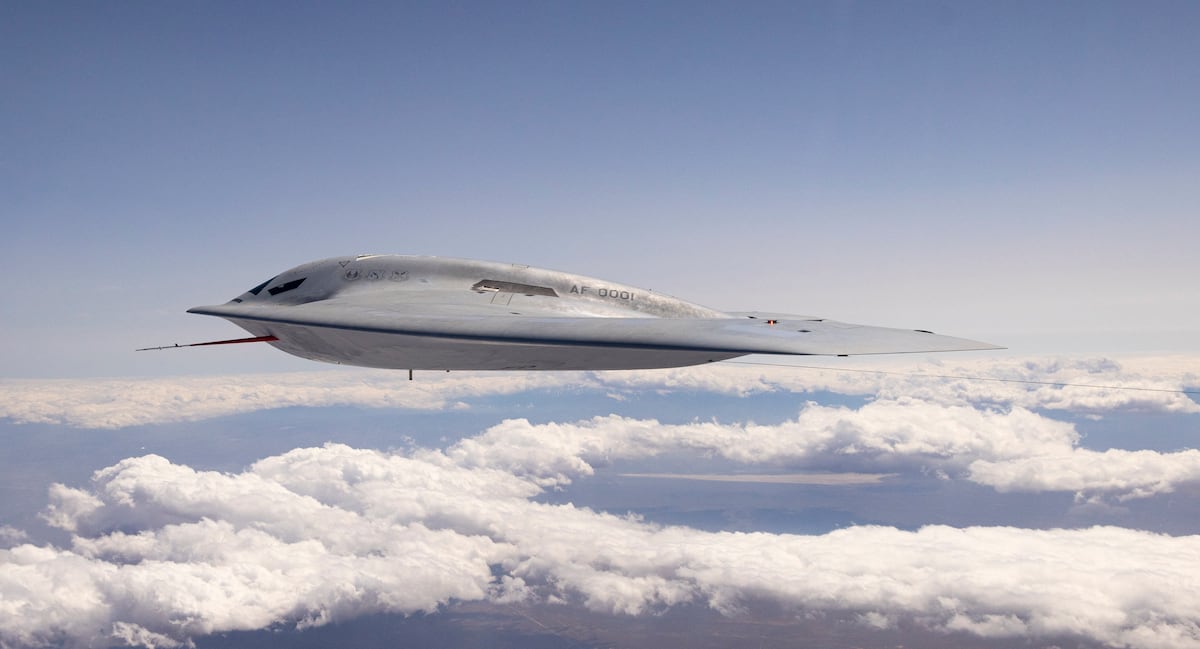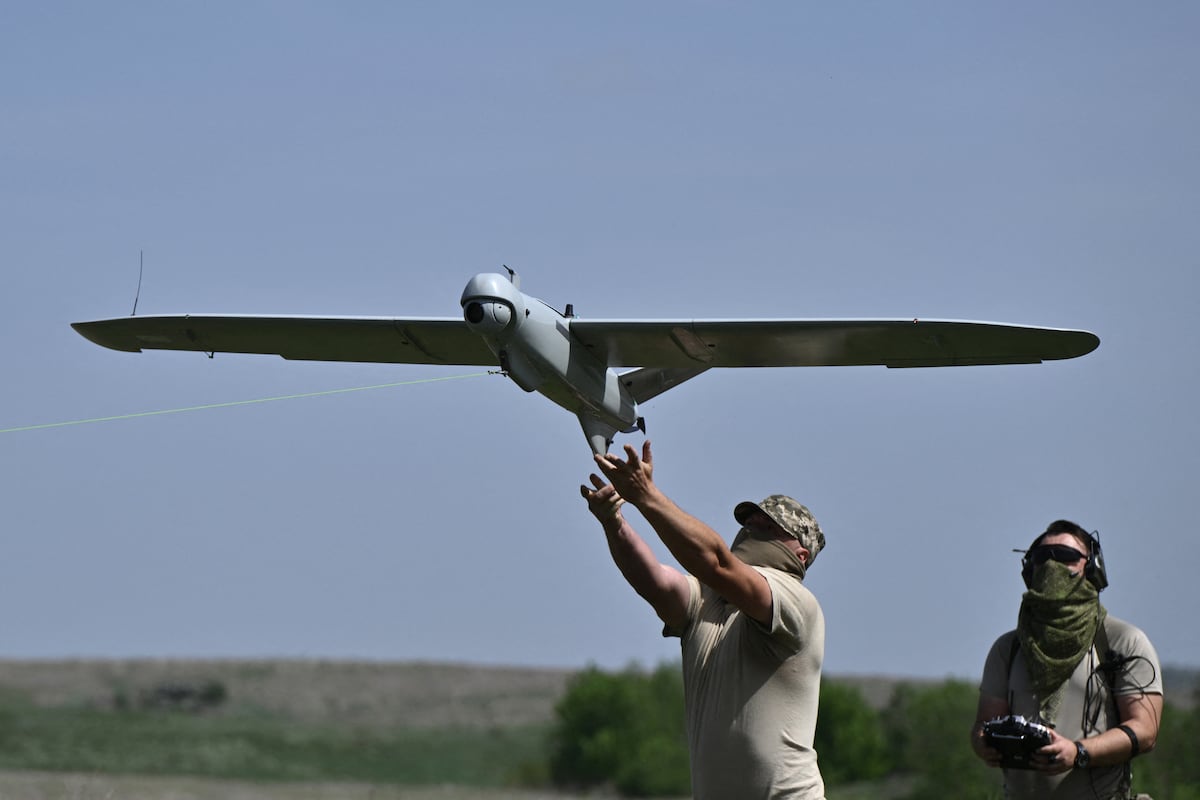After nearly two weeks of warnings from Ukrainian and South Korean intelligence officials, U.S. Defense Secretary Lloyd Austin confirmed Wednesday “there is evidence that there are [North Korean] troops in Russia.”
Ukraine’s president claimed last week at least 10,000 North Koreans will be helping Russia fight Ukrainian troops, possibly in and around Russia’s Kursk region, bordering Ukraine. On Tuesday, President Zelenskyy said that number could be as high as 12,000 spread across two brigades. South Korean intelligence officials said Friday the North Koreans began their journey on October 8, beginning with 1,500 or so traveling via “four amphibious landing ships and three escort vessels owned by Russia,” according to Yonhap news agency.
White House officials said Wednesday at least 3,000 North Korean soldiers traveled to eastern Russia for military training earlier this month. “We assess that these soldiers traveled by ship from the Wonsan area in North Korea to Vladivostok,” National Security Communications Advisor John Kirby told reporters. “We do not yet know whether these soldiers will enter into combat alongside the Russian military, but this is certainly a highly concerning probability,” Kirby said.
“If they do deploy to fight against Ukraine, they’re fair targets, and the Ukrainian military will defend themselves against North Korean soldiers the same way they are defending themselves against Russian soldiers,” Kirby told reporters.
Russian leader Vladimir Putin “may be even in more trouble than most people realize,” Pentagon chief Lloyd Austin told reporters Wednesday. Referring to the North Korean soldiers, Austin said, “If they’re co-belligerents, if their intention is to participate in this war on Russia’s behalf, that is a very, very serious issue, and it will have impacts not only in Europe. It will also impact things in the Indo-Pacific as well.”
Mapped: See the path North Koreans are believed to be traveling to training sites inside Russia via this graphic published Wednesday by the Washington-based Center for Strategic and International Studies.
Expert reax: “In addition to sending 8 million rounds of 122 millimeter (mm) and 152mm munitions and scores of ballistic missiles, North Korea is now providing the ultimate sign of an alliance commitment in the spirit of the renewed mutual defense treaty signed by the two leaders in June 20,” Victor Cha of CSIS wrote in an explainer Wednesday. “It’s unclear whether these are technicians or combat troops,” he cautioned. But “Either way, this makes DPRK the most visible and committed supporter of Russia’s aggression in Europe,” he said.
Worth noting: “Thus far, China’s reaction to North Korea’s support of Russia has been caught somewhere between paralysis and incompetence, lacking either the political will or policy ingenuity to create disincentives for either party,” said Cha. “For one, China does not like Russia to have so much influence over the North,” he said. “In addition, if the longer-term ramifications of this cooperation lead to greater DPRK capabilities that invite even more U.S. military presence and allied capabilities in China’s region, that does not benefit China.”
More on Ukraine after the jump…
Welcome to this Thursday edition of The D Brief, brought to you by Ben Watson with Bradley Peniston. Share your newsletter tips, reading recommendations, or feedback here. And if you’re not already subscribed, you can do that here. On this day in 1962, U.S. warships began intercepting Soviet ships bound for Cuba amid the Cuban missile crisis.
Update: The White House won’t greenlight long-range strikes inside Russia, and for reasons that have been known for months—including Russia’s movement of equipment out of the range of relevant U.S.-provided weapons (ATACMS, in particular) as well as the unpredictability of second-order effects from nuclear-armed Moscow, Fox’s Jacqui Heinrich reported Wednesday afternoon, citing a U.S. official.
This week in data: Russia’s military has used at least 36 types of missiles to attack Ukraine, CSIS researchers Benjamin Jensen and Yasir Atalan reported Wednesday. “This diversity reflects an operational approach to firepower strikes of combining different models like long-range attack drones, ballistic missiles, and cruise missiles to complicate the ability of Ukraine to defend its skies. Of note, many of these unique combinations were launched from different geographic sites further complicating air defense.”
That would seem to suggest “The United States and its partners need to do more to curb the ability of [Iran, China, and North Korea] to replenish Russia’s arsenal,” they warn. What’s more, “An overall intercept rate of 79.8 percent suggests effective defense mechanisms in place,” but “Keeping this intercept rate high will require continued Western support for Ukraine.” Read on, here.
Related reading:
White House issues AI guidelines for national-security agencies. The new memo requires agencies to monitor, assess, and mitigate AI risks related to invasions of privacy, bias, and other human rights abuses. The United States must “ensure that our national security agencies are adopting this technology in ways that align with our values,” a senior White House official told reporters ahead of the unveiling, adding that a failure to do so “could put us at risk of a strategic surprise by our rivals, such as China.”
The official added: “The innovation that’s happened, particularly in this current wave of frontier artificial intelligence, has really been driven by the private sector, and it’s critical that we continue to both foster that leadership.” Defense One’s Patrick Tucker reports, here.
Four-nation experiment shows how allied naval forces can use autonomic systems to speed up operations. U.S., Australian, British, and Japanese defense officials converged on Australia’s Jervis Bay this week to try integrating their developmental tech to speed up intelligence and reconnaissance data transmission at sea. The exercise, dubbed Maritime Big Play, exercise is part of the broader AUKUS partnership between the United States, the United Kingdom, and Australia.
The results: “Things that would have taken perhaps months were taking place minutes in terms of common operating pictures,” one senior defense official told reporters. More from Tucker, here.
Related reading:
Boeing will look to “do less and do better.” Boeing can’t quickly fix its ailing defense arm, which lost $2 billion this quarter, anytime soon, but defense products are still core to the company, CEO Kelly Ortberg told investors Wednesday during the company’s third-quarter earnings call—his first public comments since taking the job in August. “It’s going to take a lot of work. We’re not going to be able to just wave a wand and clean up these troubled contracts. We signed up to some things that are problematic”—alluding to the company’s fixed-price development contracts with the Pentagon.
The company may consider cuts to other, non-core defense programs, Ortberg said. “I think that we’re better off doing less and doing it better than doing more and not doing it well, so we’re in the process of taking an evaluation of the portfolio.” Defense One’s Audrey Decker has more, here.
Also on Wednesday: a Boeing-made satellite exploded in space. The Intelsat 33e satellite, launched in 2016 to provide communications across Europe, Asia, and Africa, experienced “an anomaly” on Saturday, Intelsat said in a press release. “Attempts were made to work with Boeing and repair the satellite, but on Monday, the U.S. Space Force confirmed that the satellite had exploded” and that it was tracking “around 20 associated pieces” of debris in orbit, reports CBS News, here.
Russia amplified hurricane disinformation to drive Americans apart, researchers find. AP: “The content, spread by Russian state media and networks of social media accounts and websites, criticizes the federal response to Hurricanes Helene and Milton, exploiting legitimate concerns about the recovery effort in an attempt to paint American leaders as incompetent and corrupt, according to research from the Institute for Strategic Dialogue.” Based in London, ISD tracks disinformation and online extremism.
“These are not situations that foreign actors are creating,” said Melanie Smith, director of research at ISD. “They’re simply pouring gasoline on fires that already exist.” Read on, here.
See also: “How a conspiracy-fueled group got a foothold in this hurricane-battered town,” from the Washington Post reporting Wednesday from Lake Lure, N.C.
Lastly today, noted journalist James Kitfield wraps up what former senior military officials who worked with Donald Trump have to say about the once and perhaps future commander-in-chief. For example, Mark Milley, the retired Army four-star whom Trump appointed Joint Chiefs chairman, has called his former boss the “most dangerous person to this country” and a “fascist to the core.”
Writes Kitfield: “I also know from talking with many of Milley’s contemporaries, both on-the-record and privately, that they share his dire assessment, and genuinely fear for their country should Trump return to the Oval Office. That’s why so many of the most notable military and national security leaders of the past two decades of war have recently broken with long tradition to publicly warn that he is manifestly unfit to serve again as commander-in-chief. No fewer than 741 former high-ranking national security and military leaders—including 233 general and flag officers, 15 four-star generals, and 10 former service secretaries—recently signed a letter endorsing Kamala Harris for president. They warn that Trump is “too impulsive and ill-informed” to entrust with the world’s most powerful fighting force. Read Kitfield’s oped, here.
Read the full article here








Leave a Reply